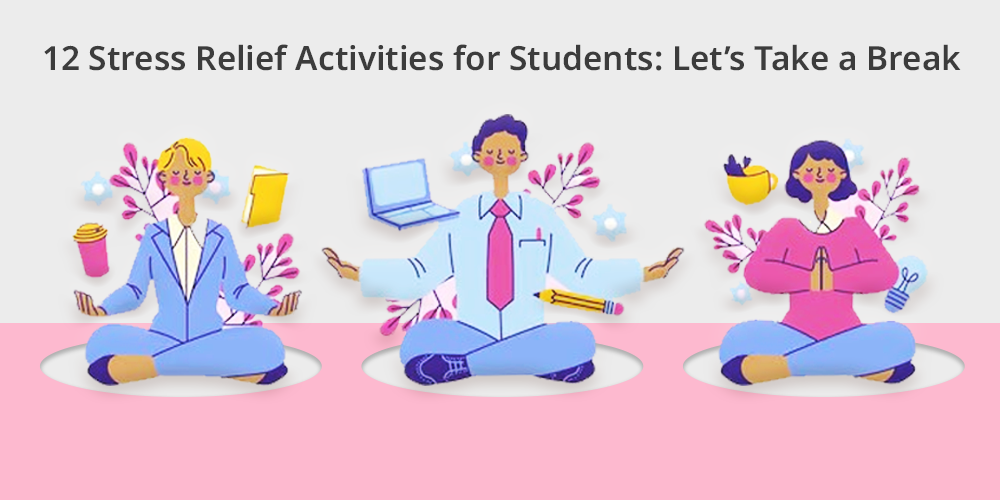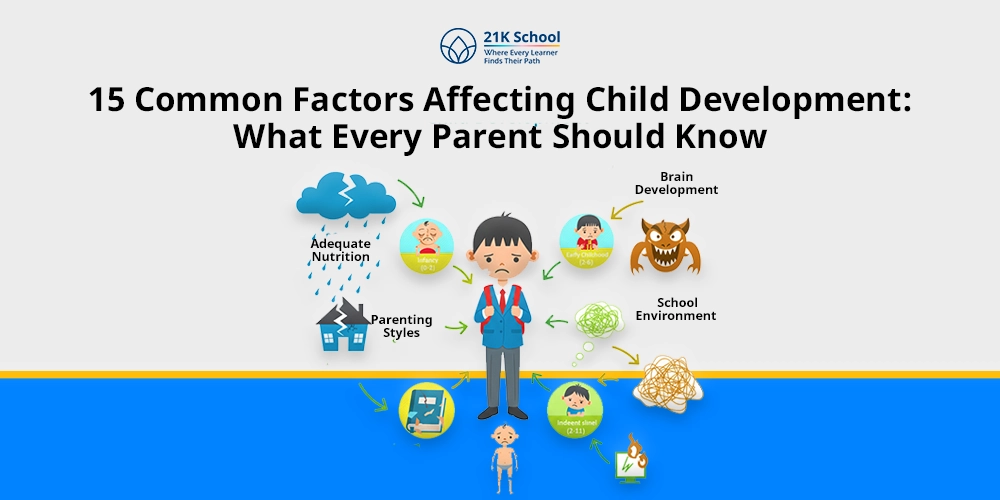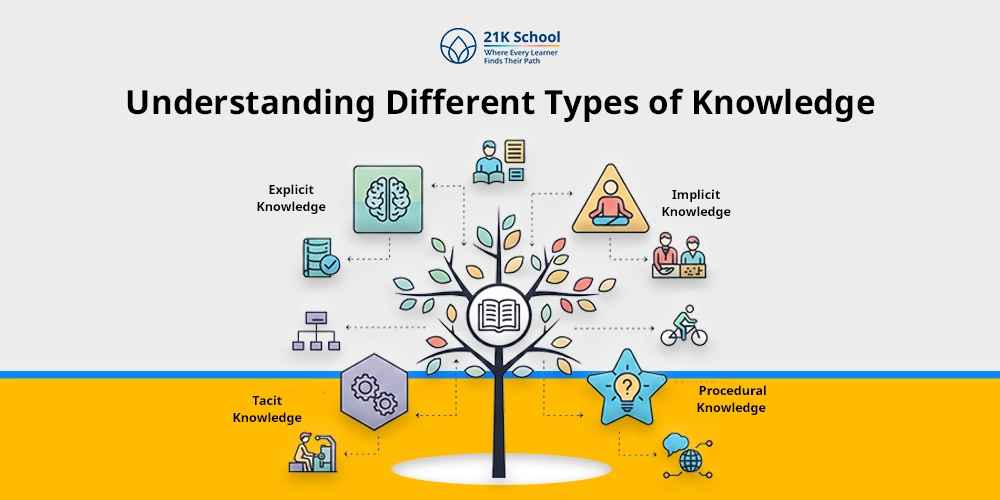
Academic existence presents students with demanding challenges that also produce exciting prospects. The multiple activities which students balance including exam stress and extracurricular activities produce an increasing amount of tension.
Although it is easy to find ways on how students can cope with the study stress. But, when left unattended, stress emerges to negatively impact students’ health. It takes a toll on their academic success, and their mental state.
Multiple straightforward methods exist to control as well as decrease the stress that arises in daily life.
Stress relief methods are to be used in daily lives to achieve balance in children’s mental health. This article presents student-specific activities that aim to boost control levels and motivate students while preserving their educational enjoyment.
Table of Contents
12 Stress Relief Activities For Students
1. Deep Breathing
Deep breathing operates as a straightforward yet immensely potent practice which helps to calm the mind. The activation of the parasympathetic nervous system occurs through this method which leads to body relaxation.
A deep breathing practice allows tension reduction, and enhanced control on senses. Therefore, it should be used before major exams or public presentations.
- Needed Materials: Clean and calm environment
- How to carry out: Be seated or laid down in a comfortable position. Make sure to breathe in and breathe out for 4 min and 6 min respectively. And also hold your breath for 4 min between each. Do this whole process for 5-10 mins daily.
- Bonus Tips: Add some music in the background. You can keep one hand on your chest and the other one on your stomach to notice if shallowly breathing.
2. Practicing Mindfulness
During mindful breathing, one stays aware of the present time without forming opinions about things. Students can learn mindfulness by practicing brief meditations, having mindful meals, and by monitoring their breathing patterns.
Continuous mindfulness practice develops attention span while decreasing fear levels while developing strength to handle emotions.
- Needed Materials: Space with no noise
- How to carry out: Sit comfortably, bring your attention to your breaths, and try being in the present moment. Watch your thoughts as they arise and diminish without judgement. Also notice your bodily sensations for 5-10 mins while doing this practice.
- Bonus Tips: Don’t overwhelm yourself with longer sessions at the beginning. Gradually increase your session’s timing.
3. Guided Imagery
The relaxation method of guided imagery requires people to visualize pleasant scenes for beneficial results. When students visualize peaceful beach scenes or forest landscapes with their eyes shut they gain inner peace.
This allows their minds to move away from stress strands.
- Needed Materials: A peaceful environment, headsets, and guided audios.
- How to carry out: Plug in your headsets and find a place to sit comfortably. Close your eyes now, listen to the audio, and imagine the scenes played in the audio (a sunny beach, etc.)
- Bonus Tips: Look for personalized audios with scenes or places that calm you.
4. Muscle Relaxation Techniques
During the progressive muscle relaxation practice students learn to tense their muscles followed by allowing them to relax completely. People who feel stress through physical symptoms of tightness or headaches can benefit greatly from this specific relaxation method.
The execution of PMR during the evening before bedtime helps to improve sleeping quality.
- Needed Materials: A quiet place, yoga mat (optional)
- How to carry out: Begin the practice by laying down and tightening the muscles of your toes for 5 secs. Then release them for 10 seconds. Repeat the process for each and every muscle and notice the difference between contraction and relaxation.
- Bonus Tips: It is recommended to practice deep breathing simultaneously for better outcomes.
5. Healthy Eating
Individual food decisions directly affect the way people feel as well as their levels of energy. A well-balanced diet containing fruits, vegetables, whole grains and lean proteins supports both mental function and emotional stability.
The intake of moderate amounts of caffeine and sugar helps to prevent energetic collapses and shifting emotional states.
- Needed Materials: A healthy diet plan and nutritive snacks.
- How to carry out: Follow your diet plan that include healthier options like millets, protein, easy carbs, etc. You can also have easy amounts of caffeine and sugar to boost your energy throughout the day. Optimum water intake is a must.
- Bonus Tips: Going for nutrients-rich snacks for busy schedules.
6. Regular Exercise
Evidence shows that physical exercise serves as an effective technique to reduce stress in people. Brief periods of yoga sessions to 20- 30 minutes of dancing or brisk walking helps.
The body naturally releases endorphins which function as natural mood-uplifting substances. Physical activity improves both body health and mental clarity, thus easing symptoms of depression and anxiety.
- Needed Materials: Outfit for workout, a mat, and a water bottle.
- How to carry out: Join a gym or practice physical activities like dancing, weight lifting, yoga, walking, etc. These exercises should at least be performed for 20-30 minutes a day.
- Bonus Tips: Find a company if possible to stay motivated on lazy days.
7. Confide In Friends and Family
Approaching your trusted friends and family with your stress allows you to experience significant relief. Sharing worries typically reduces their burden.
Having supportive networks supply useful advice, great emotional support, and useful counsel.
- Needed Materials: Events like dates with friends, dinner dates with family, phones, or even social media platforms.
- How to carry out: Talk to a trusted friend or family member whenever confused or overwhelmed with your emotions. Open discussions without judgement builds reliability.
- Bonus Tips: Reach out to a psychologist if finding it difficult to express yourself to the knowns. Also, regular emotional check-ins are recommended for best results.
8. Solving Puzzles
Doing brain-teasers including crosswords, Sudoku, and jigsaw puzzles creates an academic break that benefits mental focus. Problem-solving skills improve through puzzles and work as an entertaining outlet that fights stress.
- Needed Materials: A puzzle kit, or mobile games like sudoku, Rubik’s cube, etc.
- How to carry out: Instead of deadly scrolling through your social media, opt for puzzles in the newspaper or notebooks. Invest your time into solving crosswords, and other mindful games to stay active and knowledgeable.
- Bonus Tips: Take out a few minutes for such activities from your daily schedule, and have a sense of accomplishment within.
9. Venting Out Emotions
Emotions that stay bottled inside will continue to grow in intensity into stress. Students need to locate protected environments to share their feelings through writing and speaking or artistic expressions.
When people release trapped emotions their minds become clearer while developing emotional steadiness.
- Needed Materials: A diary or journal, a trusted company, and a voice recorder or camera.
- How to carry out: Find a quiet space for yourself where you can vent out your emotions without judgement. Be it through writing, singing, talking to someone, or anything else. You can also record your voice or talk to yourself in front of the camera. This helps in processing your unfiltered emotions.
- Bonus Tips: When ending the sessions, make sure to talk positively to yourself to balance out the emotions.
10. Enjoy Music
Music tremendously affects the emotional atmosphere a person experiences. The body reacts by lowering cortisol levels when people listen to peaceful music or play musical instruments.
Making customized playlists to relax serves as an effective method when stress levels attain hikes.
- Needed Materials: Favourite playlists, and headphones
- How to carry out: When finding it daunting to carry out with you daily work, pause and listen to music that uplifts your mood. Go with the flow of the music and enjoy.
- Bonus Tips: Create different playlists for different moods. Do not listen to sad music if you are sad. Instead try motivational, or upbeat music.
11. Read a Book
Reading a high-quality book provides an effective way for people to temporarily forget their everyday stresses. Both fictional material and motivational publications enable people to build their imagination abilities.
It further develops empathy while teaching practical ways to tackle everyday struggles.
- Needed Materials: A book (not from syllabus)
- How to carry out: Create a personal space for your reading time, so that you immerse yourself into it without any distractions.
- Bonus Tips: Read at least for 30 mins. And choose your preferred genre like fiction, humour, romance, etc.
12. Take a Nap
A 20–30-minute brief rest period acts as an effective mental refreshment method which does not lead to feelings of tiredness. When individuals fail to sleep, their stress levels increase.
Controlled mindful naps enhance their memory and mood, and boost their mental sharpness.
- Needed Materials: Dark room with least noise, a bed, and blanket.
- How to carry out: Set timer in your mobiles of 10-20 mins so that you don’t get into the deep sleep cycles. This will rejuvenate your energy within the day.
- Bonus Tips: Try small naps in the mid afternoon, when the energy collapsing is higher.
Implementing Solutions For Stress Relief
Learning stress management techniques alone is beneficial but full integration into everyday life allows students to receive enduring benefits.
1. Care For Self
The practice of care for oneself stands as the foundation for managing stress. Students need to put sleep quality and proper nutrition together with sufficient leisure time as their priorities.
Emotional strength forms through both hobbies and gratitude practice together with periodic self-reflection sessions.
2. Monitoring Stressors
Students who keep a diary for daily journaling, will discover the repeated patterns when they are under stress. They can track when anxiety arises together with their responses.
This practice assists in creating personalized strategies which specifically resolve their stress triggers.
3. Establishing Routine
Successful people use organized plans to establish predictable environments which bring peace of mind. Stressed students benefit from establishing specific time slots which prevent urgent distress.
Routine formation helps students learn both time management skills and proper organization strategies.
Here’s how to develop a study routine.
4. Social Support
Relationships serve to protect individuals from experiencing effects of stress. Spending time with friends through either club memberships or group interactions helps both increase belongingness and personal worth.
Asking teachers or counselors for mentorship will be extremely beneficial.
5. Set Reachable Goals
Setting realistic goals eliminates the stress which comes from attempting dangerous heights in short periods. When tasks are divided into easy-to-manage parts students obtain achievements throughout the process.
In this manner, motivation stays strong while anxiety stays low.
Concluding Points
Students encounter unavoidable stress in their academic life yet they do not need to let stress control their existence. Students can manage academic demands together with emotional struggles when they adopt suitable tools and practice mentally conscious strategies.
Taking part in stress reduction through activities such as deep breathing exercise, reading, or seeking support proves to be beneficial.
These strategies directly enhance both mental clarity and motivation while bringing happiness.
Student lives become enriched by good self-care practices and strengthening of personal connections which exceed academic achievements.



